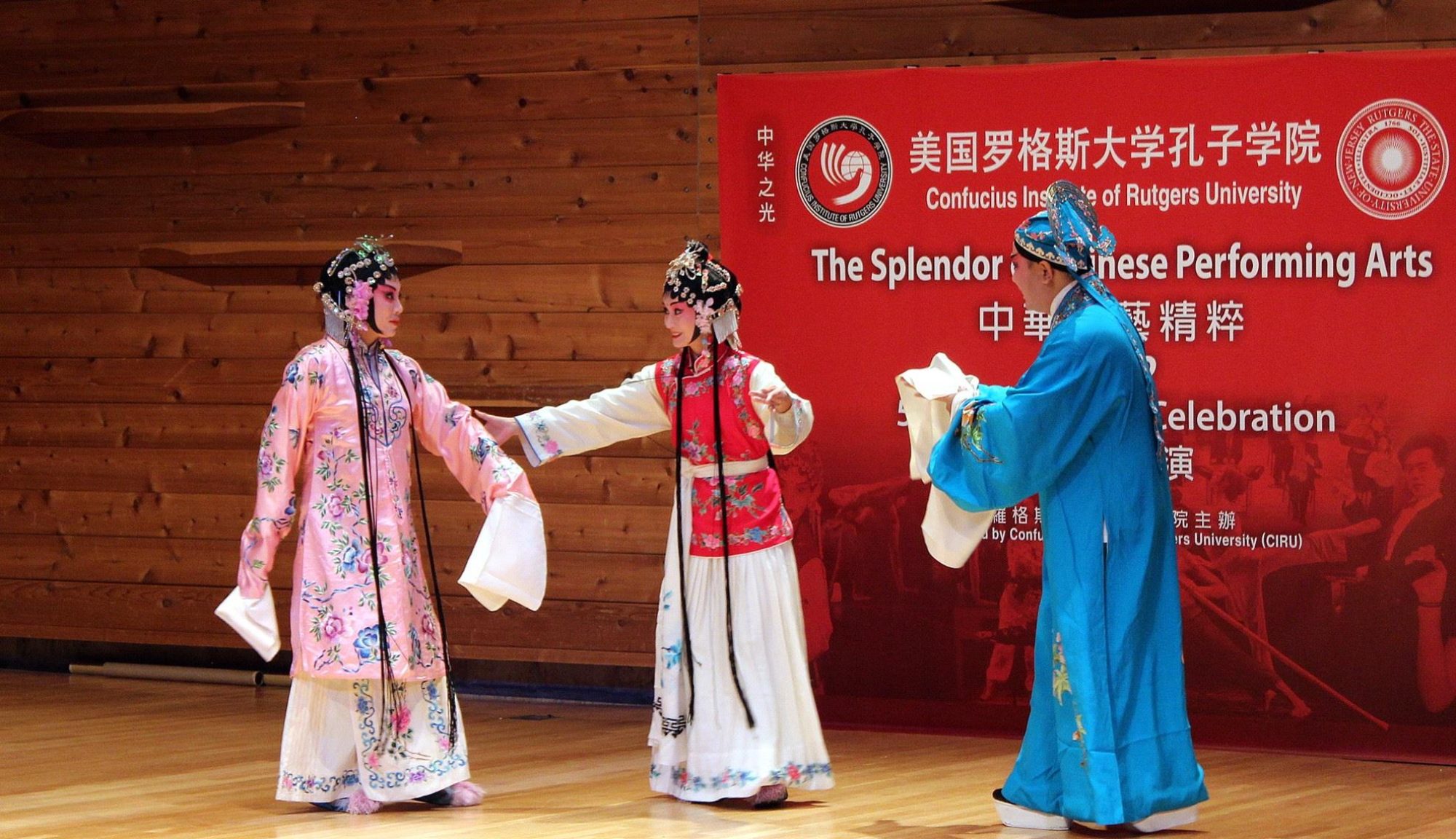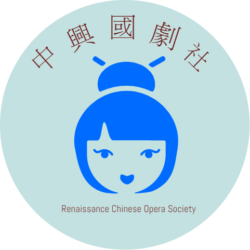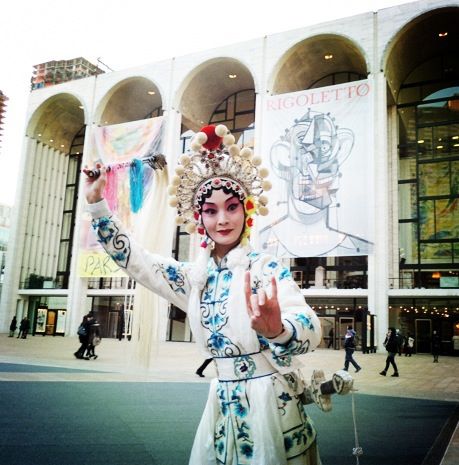Kunqu (Chinese: 崑曲), is one of the oldest forms of Chinese opera originated from the Kunshan melody. It has been developed since 16th century during Ming Dynasty. Since 2001 Kunqu has been recognized as the Masterpieces of the Oral and Intangible Heritage of Humanity by UNESCO (Source: www.revolvy.com) .
In many ways, Kunqu resemables other Chinese opera, including Jingju (Peking Opera). The emergence of chuanqi plays, commonly sung to Kunqu, is said to have ushered in a “second Golden Era of Chinese drama”. Kunqu troupes experienced a commercial decline in the late 19th century. However, in the early 20th century, Kunqu was re-established by philanthropists as a theatrical genre that was subsequently subsidised by the Communist state (Source: Wikipedia). Like other traditional cultures, Kunqu faced difficult time both during the Cultural Revolution and again under the influx of Western culture during the Reform and Opening Up policies, only to experience an even greater revival in the new millennium. Today, Kunqu is performed professionally in seven Mainland Chinese major cities: Beijing (Northern Kunqu Theatre), Shanghai(Shanghai Kunqu Theatre), Suzhou (Suzhou Kunqu Theatre), Nanjing (Jiangsu Province Kunqu Theatre), Chenzhou (Hunan Kunqu Theatre), Yongjia County/Wenzhou (Yongjia Kunqu Theatre) and Hangzhou (Zhejiang Province Kunqu Theatre), as well as in Taipei. Non-professional opera societies are active in many other cities in China and abroad, and opera companies occasionally tour (Source: Wikipedia ).
Below are some of the well known Kunqu plays:
Peony Pavilion (牡丹亭)
Romance of the Three Kingdoms (三國演義)
Water Margin (水滸記)
Journey to the West (西遊記)
Linkage Plot (連環記)
The Marriage of Princess Zhaojun (昭君出塞)
Lion Roar (獅吼記)


